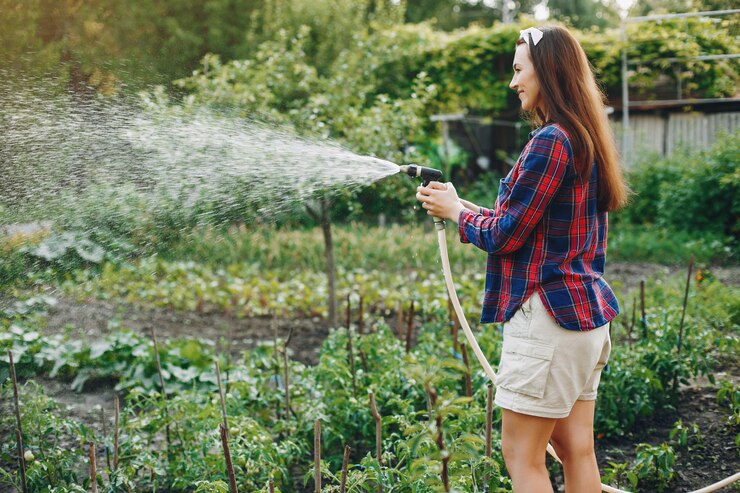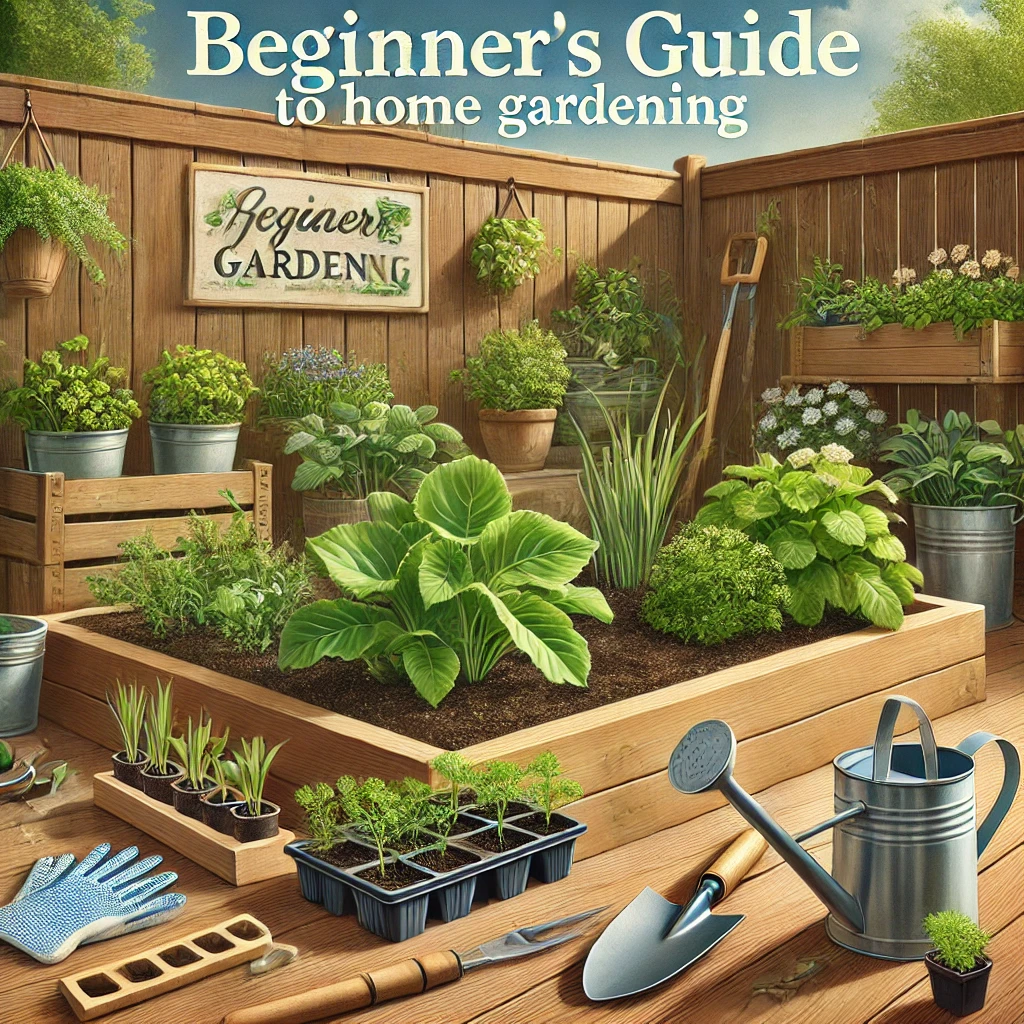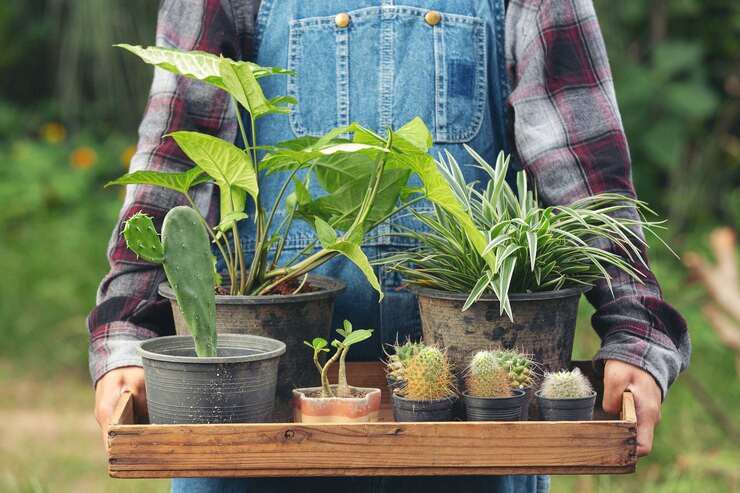Watering your garden correctly is one of the most crucial acts in ensuring that your plants are thriving throughout the year. Without proper watering techniques, your plants get overhydrated, dehydrated, or even grow in uneven manners. This article will discuss expert tips on how to water a garden for good health, ranging from how one should water different plant types, optimum frequency, and looking out for signs of overwatering or underwatering. Apply these practices in your garden, and expect wonders throughout each season.
Why Proper Watering Matters
Watering is not just throwing water over the plants; it’s providing them with just the right amount of water at the roots, letting them absorb just that amount, without wasting water, to encourage healthy growth. This will mean better nutrient uptake from the soil, prevention of root rot and fungal infections, or an increase in resistance against any pests and diseases.
By mastering these watering tips for garden care, you’ll save time, reduce water usage, and enjoy a vibrant, thriving landscape.
Understanding Watering Tips for Garden
Different Plants, Different Requirements
Not all plants have the same water requirements. Knowing the needs of your plants is the first step to effective watering.
1. Vegetable Gardens
Most vegetables prefer consistent moisture, especially in growth and when fruiting. Water your vegetables 2-3 times a week, or whenever the top inch of soil is dry.
2. Flowering Plants
Flowering plants tend to be a little more delicate. Deep watering once or twice a week works for perennials like roses, while annuals often need to be watered more frequently in order to keep up bloom performance.
3. Succulents and Cacti
These plants are drought-tolerant and have low water requirements. Here, the general rule of thumb is to water only when soil is completely dry, which is usually within 2–4 weeks.
4. Lawn Grass
Lawns generally need about 1 inch of water a week, from rainfall or irrigation. In-depth watering nurtures solid root systems and healthier grass.
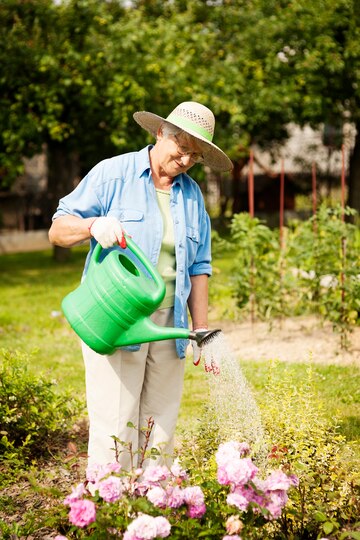
Efficient Garden Watering Techniques
1. Timing Your Watering
Timing the sessions of your water will make a great deal of difference in the health of your plants.
Morning: This is a good time to water early in the morning, as it gives the water a chance to get deep into the soil before the sun starts evaporating it.
Evening: For those who cannot water in the morning, evening ranks as a good second choice. This generally avoids problems associated with late night watering, which can encourage fungus growth.
2. Use Appropriate Tools
Invest in proper tools to make all the difference:
Drip Irrigation Systems: Ideal for regular deep watering.
Soaker Hoses: Supply water directly to the soil without wetting foliage.
Watering Cans: Excellent for accurate watering, especially in potted plants.
3. Depth of Watering
Let the water reach below the superficial soil layers to help in developing a deeper root system. Shallow watering can make the root turn into weak ones and stress the plant.
4. Mulching
Putting a layer of mulch around plants conserves soil moisture, reducing how often it’s necessary to water. As organic mulches like straw or bark break down, they improve the soil over time.
Signs of Overwatering and Underwatering
Learning the signs a plant is in water stress can help one rescue plants before they are damaged. Here’s what to watch for:
Signs of Overwatering
Yellow Leaves: Overwatering can choke a plant’s roots and result in yellow leaves.
Wilted yet Wet Soil: Too much water may result in root rot, that prohibits the root from absorbing nutrition.
Mold Growth: If mold forms on the surface of the soil, then the soil is too wet.
Signs of Underwatering
Crispy and Brown Leaves: If the plant is receiving too little water, the edges will shrivel and turn brown.
Droopy or Wilting: A plant that is not getting enough water has lost its turgidity.
Slow Growth: A plant that is consistently dry will be stunted and flower less.
Watering Tips for Garden for Specific Conditions
During Hot Weather
Water more frequently during hot spells, especially for newly planted or shallow-rooted plants. Temporary shading for sensitive plants with shade cloth is of benefit to help alleviate water stress.
In Rainy Seasons
Reduce, or eliminate, frequency of watering based on rainfall. Overwatering during rainy seasons simply adds to plant stress and is a waste of water.
For Potted Plants
Container plants dry out faster than garden beds. Check the moisture daily and water when the top 1–2 in of soil is dry.
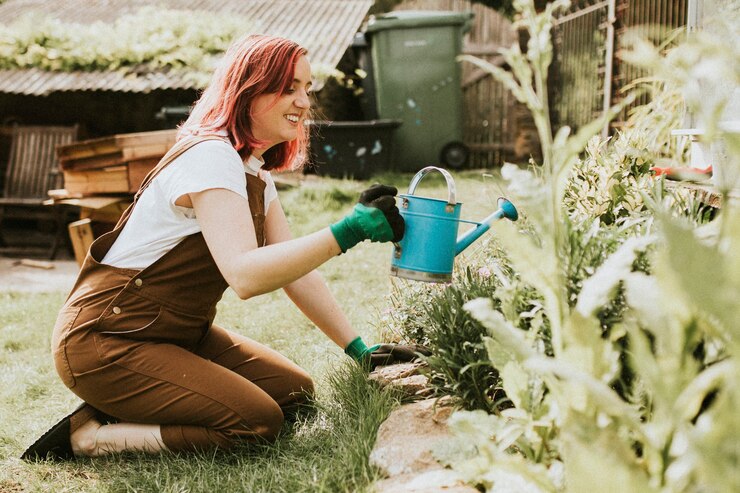
Common Watering Mistakes to Avoid
Water Too Frequently: Overwatering results in more injury than underwatering, as high frequency brings root diseases.
Soil Type Not to Be Considered: Sandy soils drain faster and have to be irrigated frequently, whereas clay soils take more time to release water.
Nozzles That Spray Hard: Very strong jets of water damage tender plants and compact the soil. Instead, use a fine spray nozzle with a shower attachment.
Conserving Water in Your Garden-Pro Tips
Collect Rainwater: Collect rainwater in rain barrels to use for irrigating your yard and garden efficiently.
Group Plants by Similar Watering Needs: This simplifies your watering schedule and prevents overwatering of drought-tolerant plants.
Improve Soil Quality: Adding compost enhances the water-holding capacity of the soil.
Conclusion
These garden-watering tips will help homeowners ensure their plants stay at their healthy best. Knowing the exact need of your plant, how to sprinkle correctly, and signs of over- and underwatering are three of the important keys to making your garden both beautiful and sustainable. Be it a vegetable patch or flower beds or succulent plants, good sprinkling is an indispensable part of proper gardening.
Start applying these tips today, and watch your garden flourish like never before!
